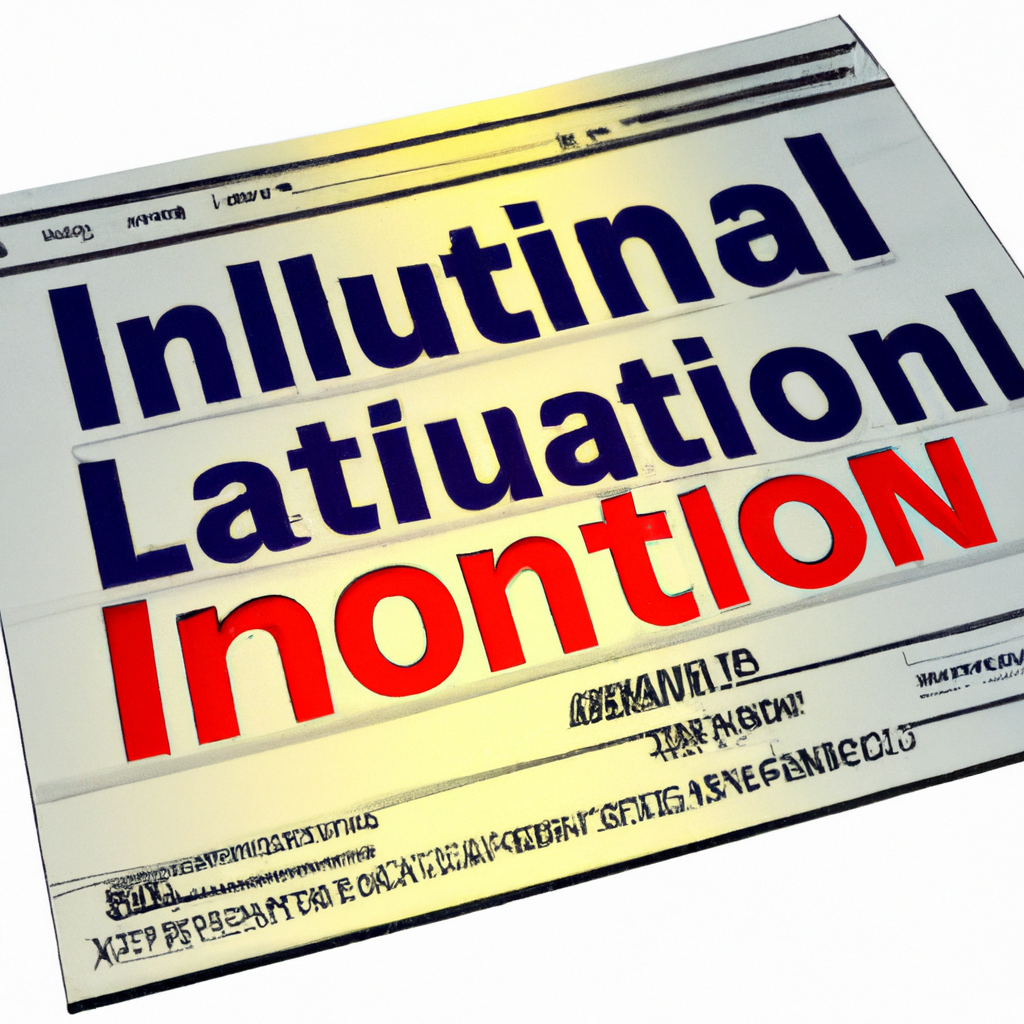
Understanding Inflation Rate Reports
Introduction
Inflation is a key indicator of the health and stability of an economy. It refers to the rate at which the general level of prices for goods and services is rising, eroding the purchasing power of a currency. To monitor and analyze inflation, governments and central banks regularly release inflation rate reports. These reports provide valuable insights into the current state of the economy and help policymakers make informed decisions.
What is an Inflation Rate Report?
An inflation rate report is a document published by a government or central bank that presents the latest data on inflation. It typically includes information on the consumer price index (CPI), which measures the average change in prices paid by consumers for a basket of goods and services. The report may also provide details on other inflation indicators, such as the producer price index (PPI) or core inflation.
Key Components of an Inflation Rate Report
1. Consumer Price Index (CPI): The CPI is a crucial component of an inflation rate report. It measures the price changes of a representative basket of goods and services commonly purchased by households. By tracking the CPI, economists can gauge the impact of inflation on consumers’ purchasing power.
2. Inflation Rate Calculation: The report presents the inflation rate, which is derived from the percentage change in the CPI over a specific period, usually a month or a year. This calculation helps policymakers and analysts assess the level of inflation and its trend.
3. Core Inflation: Core inflation excludes volatile components such as food and energy prices, which can fluctuate significantly. This measure provides a more accurate picture of underlying inflationary pressures. The report may include both headline inflation (including all components) and core inflation figures.
4. Historical Data and Trends: Inflation rate reports often include historical data, allowing for comparisons over time. This data enables economists to identify trends, patterns, and potential factors influencing inflation. By analyzing historical trends, policymakers can make better decisions to manage inflationary pressures.
Interpreting Inflation Rate Reports
1. Impact on Consumers: High inflation can erode the purchasing power of consumers, making goods and services more expensive. A rising inflation rate may indicate a need for wage increases to maintain living standards.
2. Monetary Policy: Central banks use inflation rate reports to assess the effectiveness of their monetary policies. If inflation is too high or too low, central banks may adjust interest rates or implement other measures to stabilize prices.
3. Investment and Business Decisions: Inflation rate reports provide insights for businesses and investors. They can help in determining pricing strategies, wage negotiations, and investment decisions. High inflation may require businesses to adjust their pricing to maintain profitability.
4. Economic Health: Inflation rate reports offer a glimpse into the overall health of an economy. Rapidly increasing inflation may indicate overheating, while low or negative inflation may signal weak demand or deflationary pressures.
Conclusion
Inflation rate reports play a crucial role in understanding the state of an economy. By analyzing the consumer price index, inflation rate calculations, and historical trends, policymakers, businesses, and consumers can make informed decisions. These reports provide valuable insights into the effects of inflation on purchasing power, monetary policy, investment decisions, and overall economic health.





